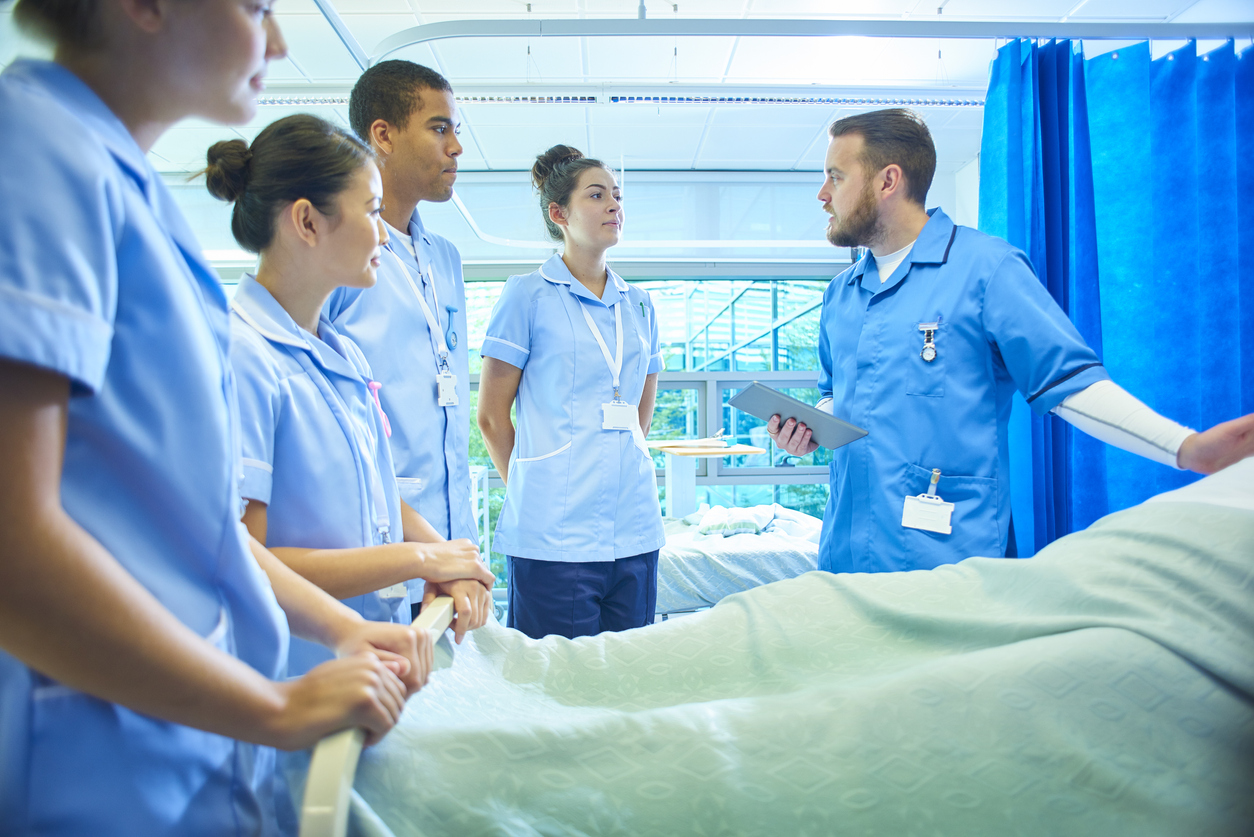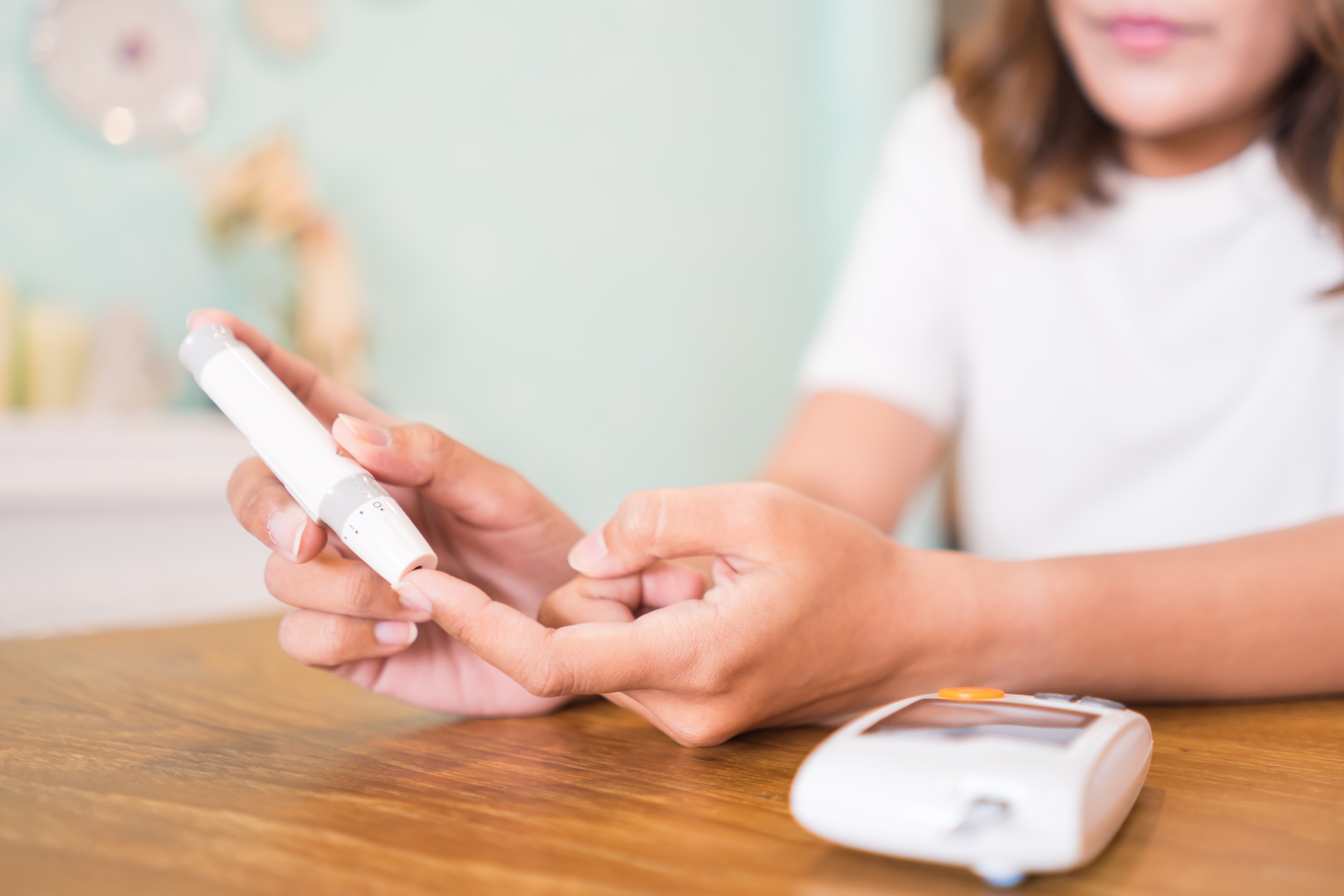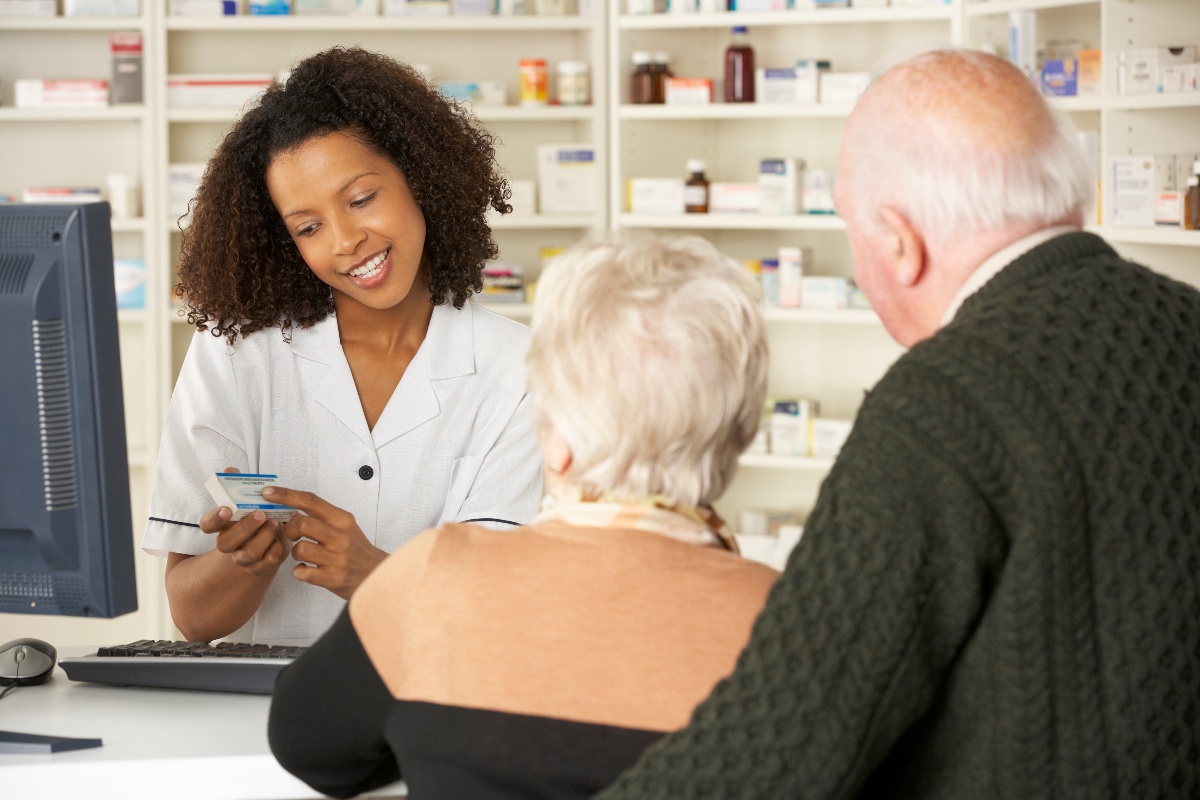
Simulation “refers to an artificial representation of a real world process to achieve educational goals through experiential learning.”1 Last week’s post, “Simulation in Healthcare Education,” delved into the definition of simulation in a healthcare setting and its four ...

According to the Centers for Disease Control and Prevention (CDC), more than 100 million Americans have diabetes or pre-diabetes (which, if left unchecked and untreated, can lead to Type 2 diabetes within five years). Though not as quickly as in previous years, diabetes cases are still actively increasing, and when cases of diabetes increase, risk of ...

I was recently exhibiting at a conference full of brilliant pharmacy technician educators (PTEC in San Antonio, TX). I had brought with me a selection of the wearable trainers that Pocket Nurse carries, among them the S.A. Fingerstick Kit.

Everybody is a product of their own experiences. Simulation in education is important so students can continue to process sensory input during a real-life situation. Here are five tips for creating immersive scenarios during pre-hospital simulations.* These can be applied to EMS training as well as simulation education in all healthcare fields.

It’s official. As of January 31, 2019, all CPR manikins used in American Heart Association (AHA) adult CPR courses must feature an instrumented directive feedback device (IDFD). Devices such as these provide real-time, audio-visual feedback as the CPR is being performed, allowing student performance to be evaluated in an immediate and ongoing ...











